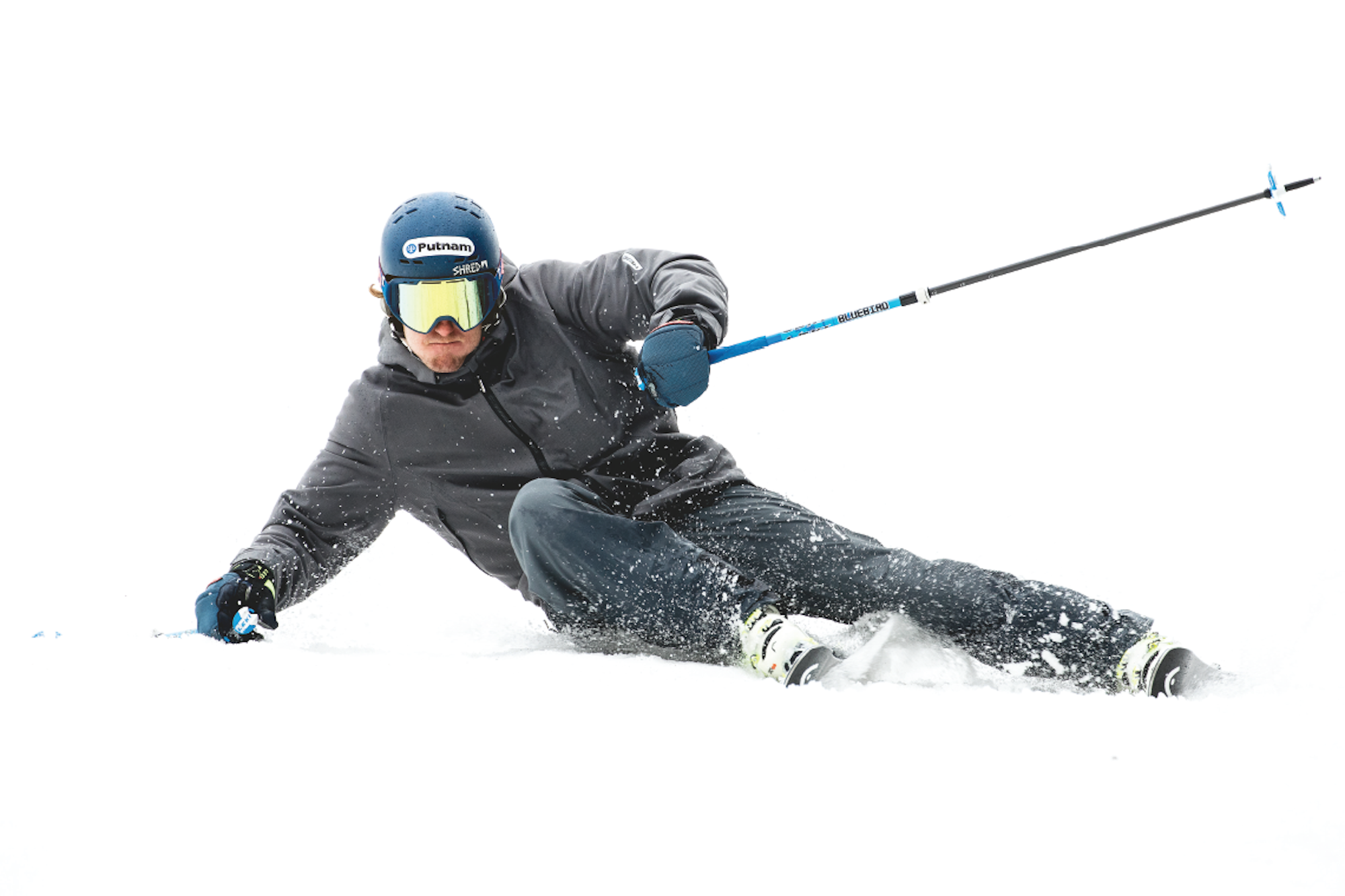

HOW THE AMERICAN PHENOM USED FREESKIING TO BECOME ONE OF THE WORLD’S BEST SKI RACERS
In late December 2010, Ted Ligety met up with three friends, including professional freeskier Marcus Caston, in his hometown of Park City, Utah, and the four trekked into the Wasatch backcountry to build an 80-foot gap jump. The timing was odd. Ligety, a World Cup ski racer who, at that point, had won a gold medal at the 2006 Olympics and two overall World Cup giant slalom (GS) titles, had just come off his most successful month of racing, winning three straight events. Spending the day risking serious injury by hucking his meat off a kicker, potentially putting an end to his already dominant season, seemed, well, dumb.
After spending two hours crafting the jump over an old mineshaft located on a narrow strip of powder between the Deer Valley and Park City ski areas, Ligety hiked up the 35-degree pitch, dense with trees, and pointed his skis down the hill. “I was nervous,” says Caston. “I was like, ‘oh my god, I cannot kill Ted Ligety.’” But, Ligety wasn’t worried. “It was powder,” he says. “If I landed on my head it’d just feel like I was landing in pillows.” He pushed off, went tearing toward the jump at about 35 miles-per-hour, front flipped off the lip and soared 50 feet high in the air, landed and skied to a stop. Then he spent the rest of the day repeating the feat.
For Ligety, getting out from between the gates and off-piste isn’t unusual. In fact, it’s crucial. Two years earlier, over six feet of snow pounded the Italian Alps a week before a big race in Alta Badia. Instead of riding out the storm in his hotel room, Ligety broke out his powder skis, headed to a 60-foot-high cliff band and took flight. That was met by disapproval from some US Ski Team members who questioned why Ligety, who was leading the World Cup GS standings at the time, would put his season in jeopardy.
“I don’t see it that way,” says Ligety, 33. “I love going fast down ice as much as I love sending myself off something. My technique is largely derived from freeskiing. My flowy [style] in the gates comes from skiing powder. Jumping off things allows you to push your limits and comfort level in different ways. It gives you confidence on your skis that you wouldn’t get from just bashing gates.”
That’s always been the case for Ligety. Growing up, he attended the Winter Sports School in Park City, a high school that allows athletes who compete in winter sports to go to school during the summer, opening up their winters to train and compete. His approach to racing was unique.
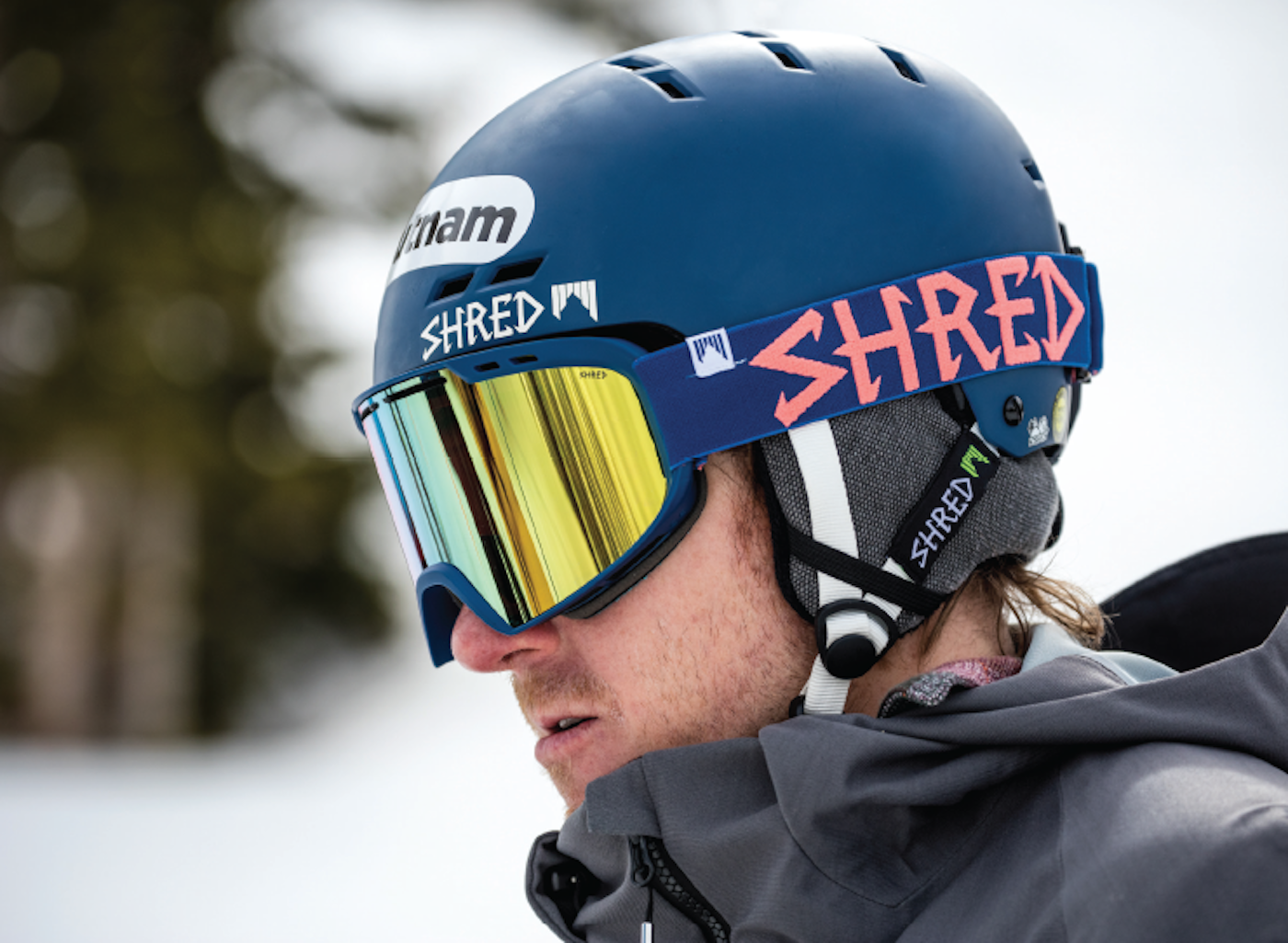
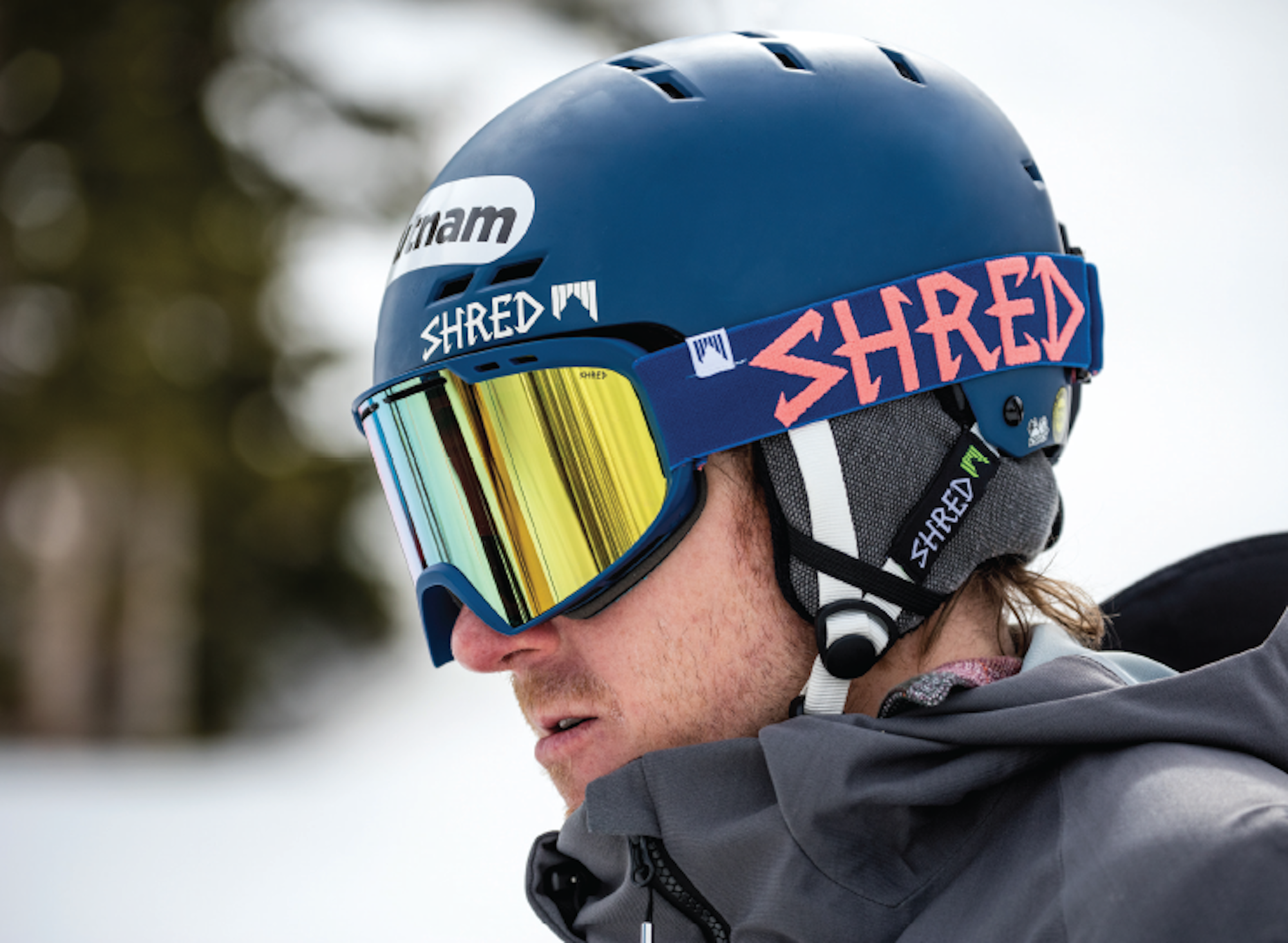
While many junior ski racers prioritized tuning skis and seeking out feedback on performance and technique, Ligety would hunt for powder stashes and pop knolls after training or between race runs. When he did find time to relax, Ligety would hang out with classmate Tanner Hall, the seven-time X Games gold medalist and freeskiing pioneer, and watch videos of skiers performing mind-blowing tricks or straightlining down consequential mountain faces.
“He used his time freeskiing to become a much better athlete,” says Duane “Dar” Hendrickson, one of Ligety’s junior coaches. “You have to learn to react so much more when you’re freeskiing. You have to make adaptations. Race courses get rutted out and chewed up and if you’re out skiing bumps and through trees, you become a much more agile skier. It makes racing easier.”
In 2006, Ligety founded Shred, a goggle, sunglass and helmet company that was born of his desire to meld the racing and freeskiing cultures. “The reason I started Shred was because I’m part of a generation that’s influenced by freeriders,” he says. “The brands hadn’t caught up to that. You had ski-racing brands that were technical but dorky or freeride ones that were cool but not very technical. I wanted something that bridged those two worlds. Something that worked well but I wasn’t embarrassed to wear when I was home skiing with my friends.”
The same year Ligety started Shred, he also launched Slytech, an offshoot of the company that makes protective equipment (such as back protectors and kneepads) for skiing, snowboarding and mountain biking. The companies have grown by 25 percent each year, on average. And they’ve attracted big-name freeskiers including Tom Wallisch and KC Deane. “I was first interested in Shred because it’s an athlete-driven company,” says Deane. “We have a lot of input into the gear and what they make is what we like to wear. I’ve also been injured a lot, so having something that’s going to protect me is important.”
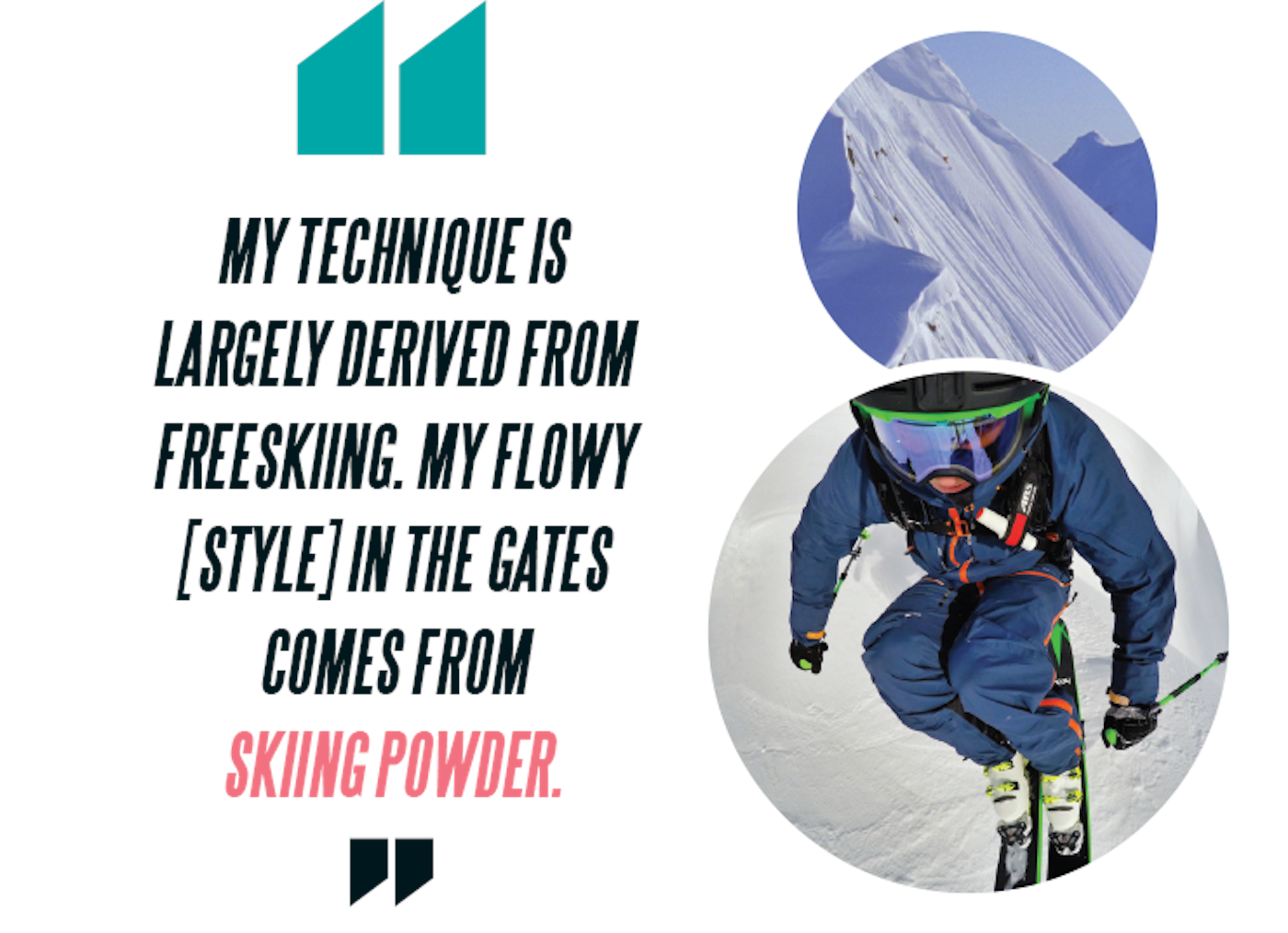
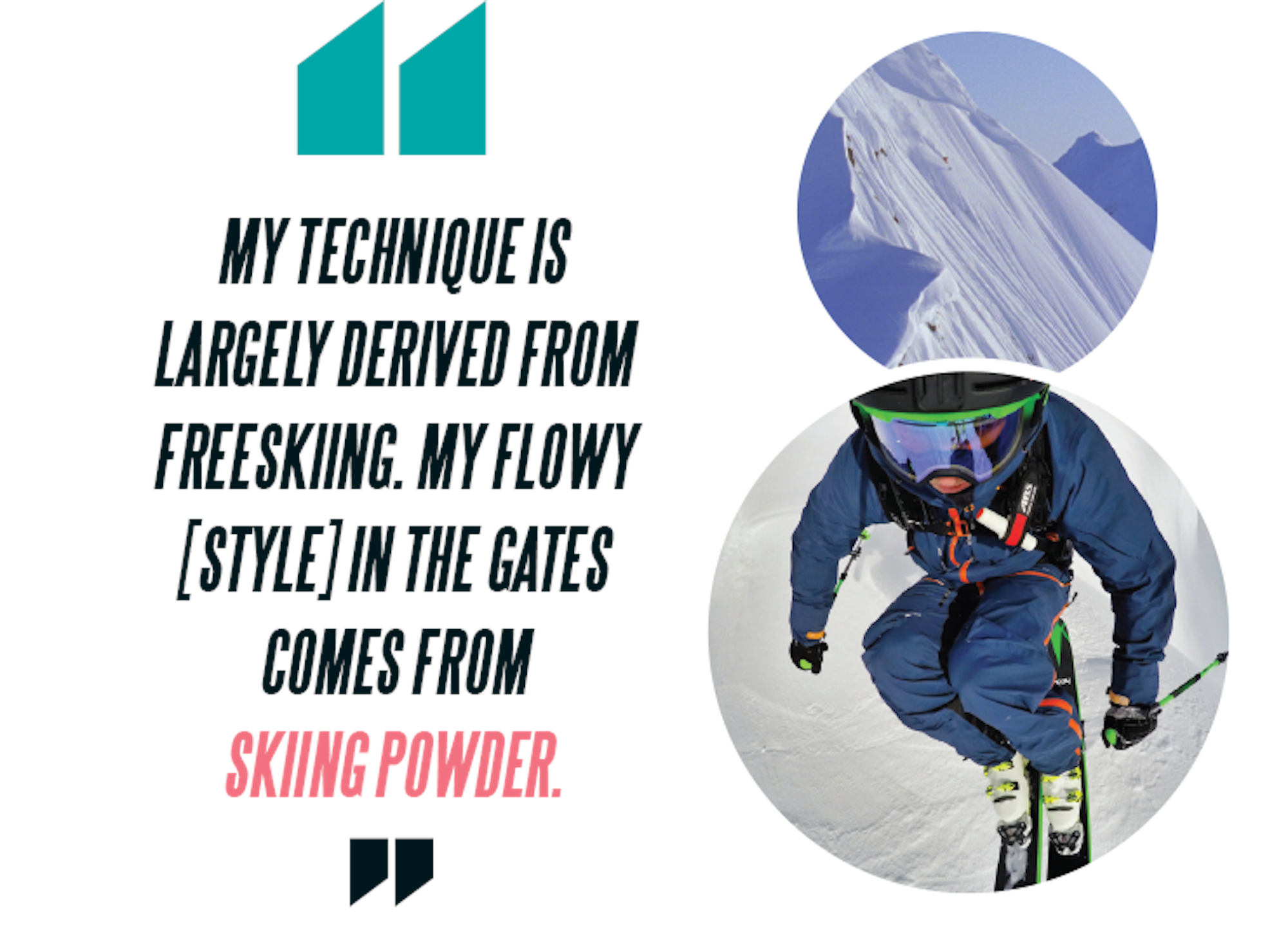
Despite his demanding training and racing schedule, Ligety remains heavily involved in the operation of Shred. “Every year we go to the factory in China to check on quality control and inspection,” says Carlo Salmini, Ligety’s co-founder at Shred. “Throughout the spring and summer, we’re on calls every day to discuss execution, strategy and product development. [Ted is] even more passionate about the company now than when he started it. He’s developed strong business skills and he has an even greater drive to make sure the company is successful.”
Nonetheless, ski racing remains Ligety’s primary focus. Since his backcountry front flips, he’s won three more overall World Cup GS titles (for a total of five), five World Championship titles and the gold medal in GS at the Sochi Olympics in 2014. He has, however, carved out some time for more freeskiing.
Five years ago, Ligety, Caston and Phil Meier, a Swiss freeskier, traveled to Alaska, to the Chugach Range, to heli-ski. For Ligety and Caston, it was their first time skiing the famed Alaska lines. The first day there, the trio flew to the top of a steep spine and asked to be dropped off. “We didn’t know anything about rollovers or slough,” says Caston. “It was intimidating.” Meier skied first and, just a few turns in, triggered a massive avalanche that he survived by deploying his airbag.
Ligety skis Alaska in Warren Miller’s Flow State.
After being helicoptered off the mountain, the three men spent the rest of the night in shock. “We freaked out,” says Caston. “The next few days we took a huge step back and skied mellow stuff, then worked our way back up. By the end, Ted was skiing some huge lines. The conditions were variable but he looked amazing. He makes bad snow look good.” The experience had a huge impact on Ligety. “At first I questioned whether I should be there,” he says. “By the end, it was confidence-boosting. When you stand at the top of a face and all you can see between your tips is the valley below, it makes World Cup courses seem pedestrian.”
This season, Ligety will ride that confidence into the Olympics in PyeongChang, South Korea, where he’ll try to defend his gold medal. It will likely be his last time competing in the Games and, as he nears the end of his career, Ligety contemplates life after racing—and a return to his freeskiing roots. Several injuries, including herniated discs in his back that cut last season short and required surgery, won’t prevent Ligety from heading into the backcountry to test new Shred products. Nor will it stop him from returning to Alaska to conquer the face that eluded him. “After the avalanche, we never got to ski those lines on that one peak,” he says, sounding wistful. “There are some big, steep, sweeping faces that are perfect for making super G turns down. I’d like to go back and rip it up.”
Related Gear
Shred Bumper NoShock
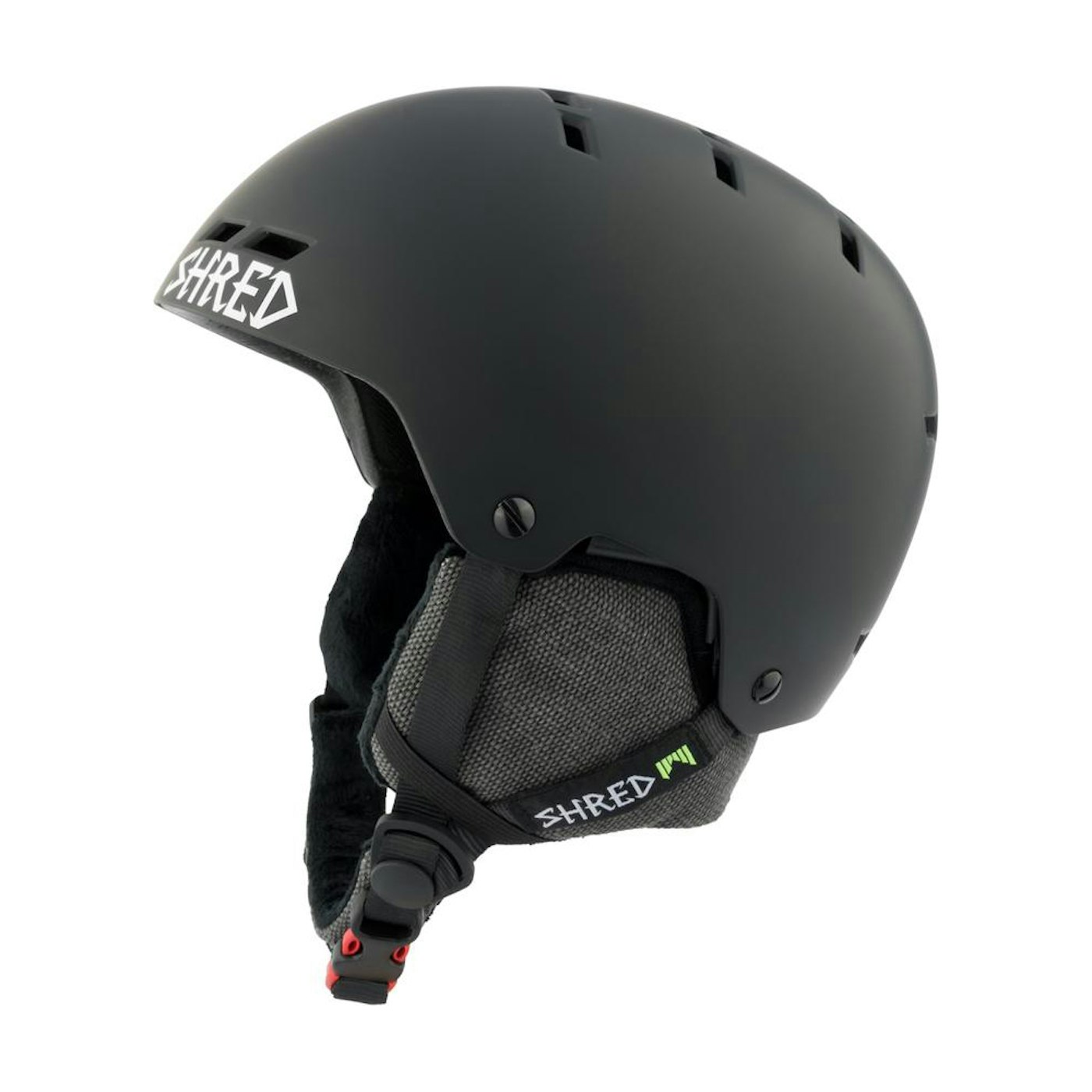
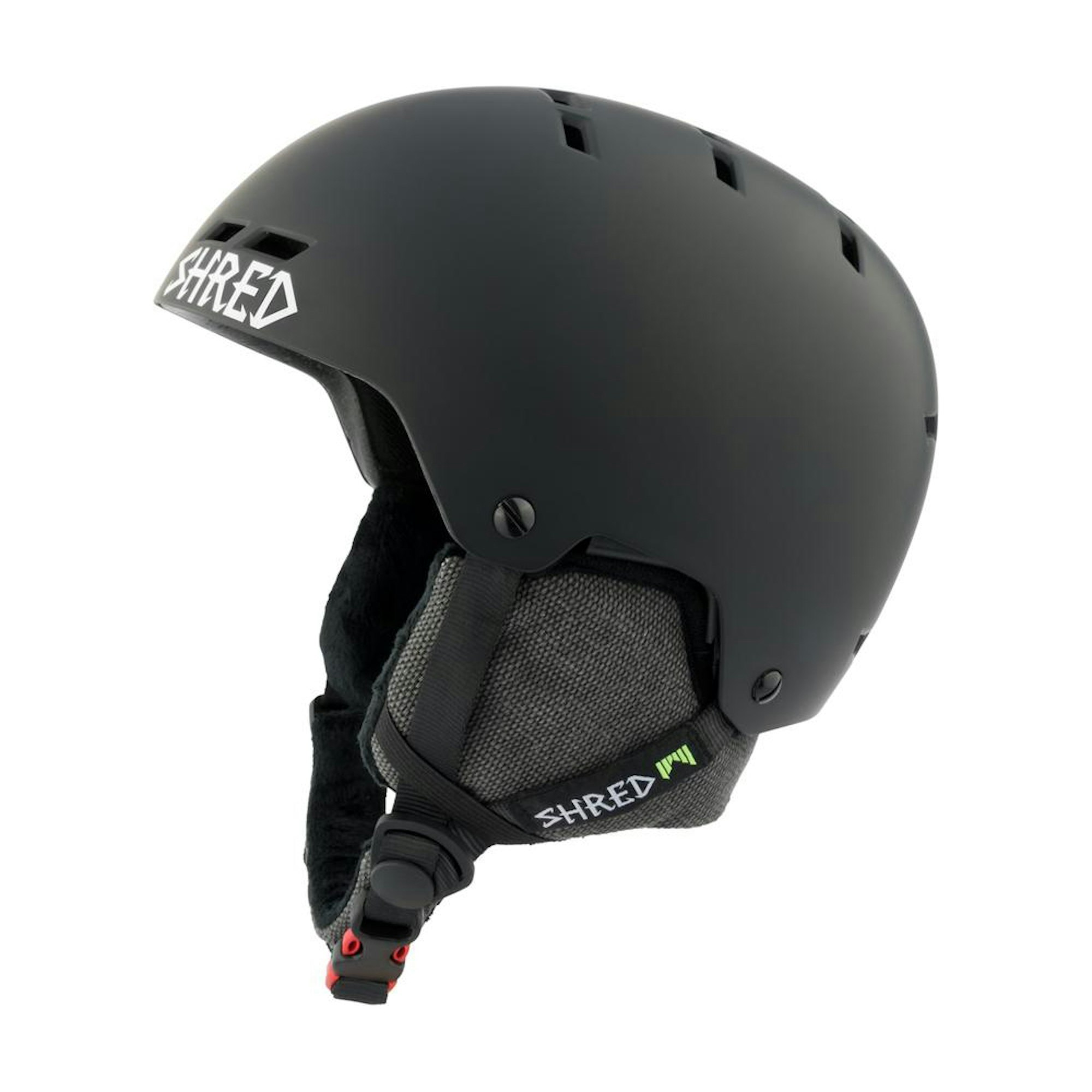
This hard shell helmet utilizes Shred’s patent-pending RES technology, which features multiple discs that move ever-so-slightly between the head and the helmet to combat the effects of rotational impact energy on the brain. The RES build is complemented by Slytech NoShock—a foam, honeycomb-shaped structure that disperses linear impacts for even more protection from slams, big or small.
[su_button url=”https://shredoptics.com/products/shred-bumper-noshock-helmet” target=”blank” background=”#00A680″ color=”#FFFFFF”]Shop Now[/su_button]
Shred Amazify
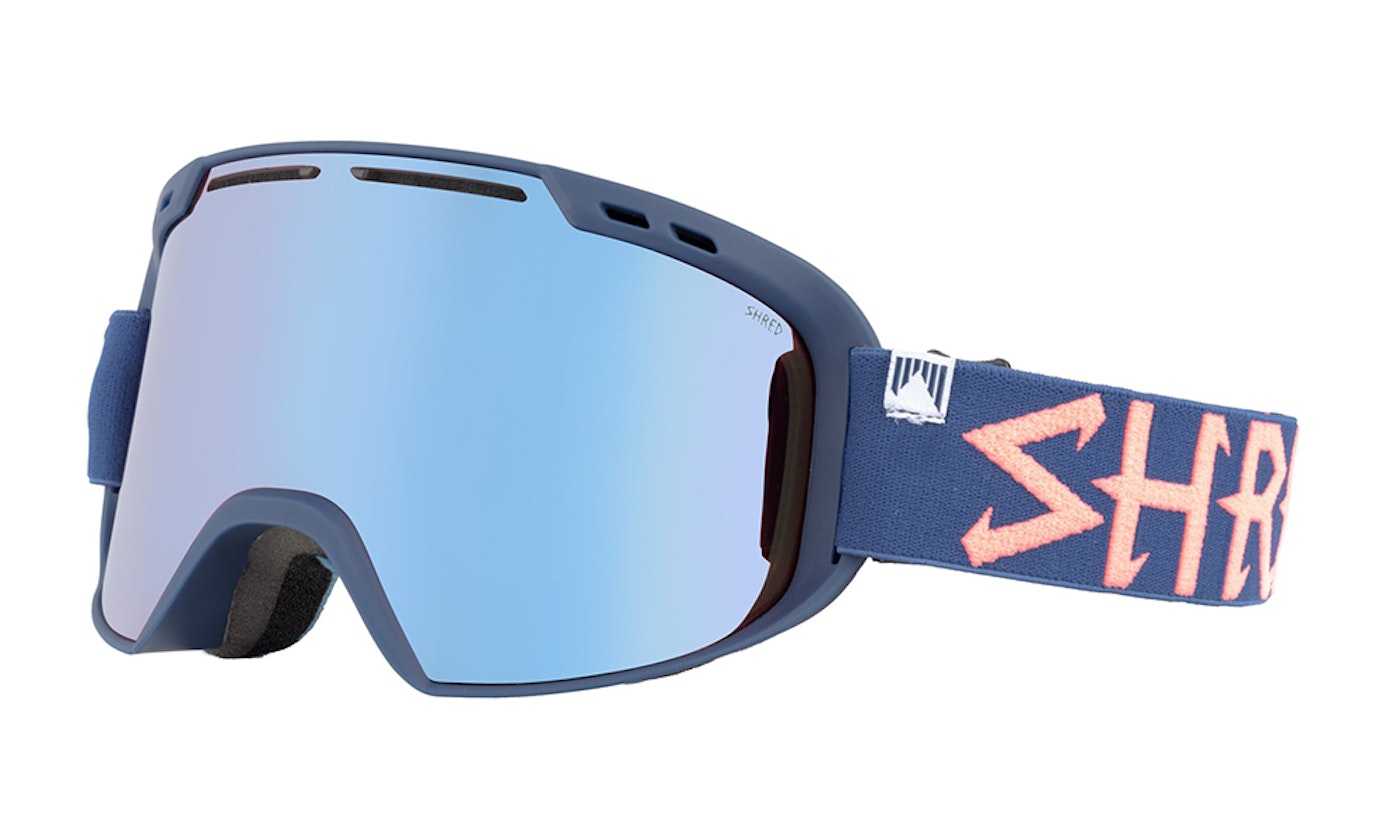
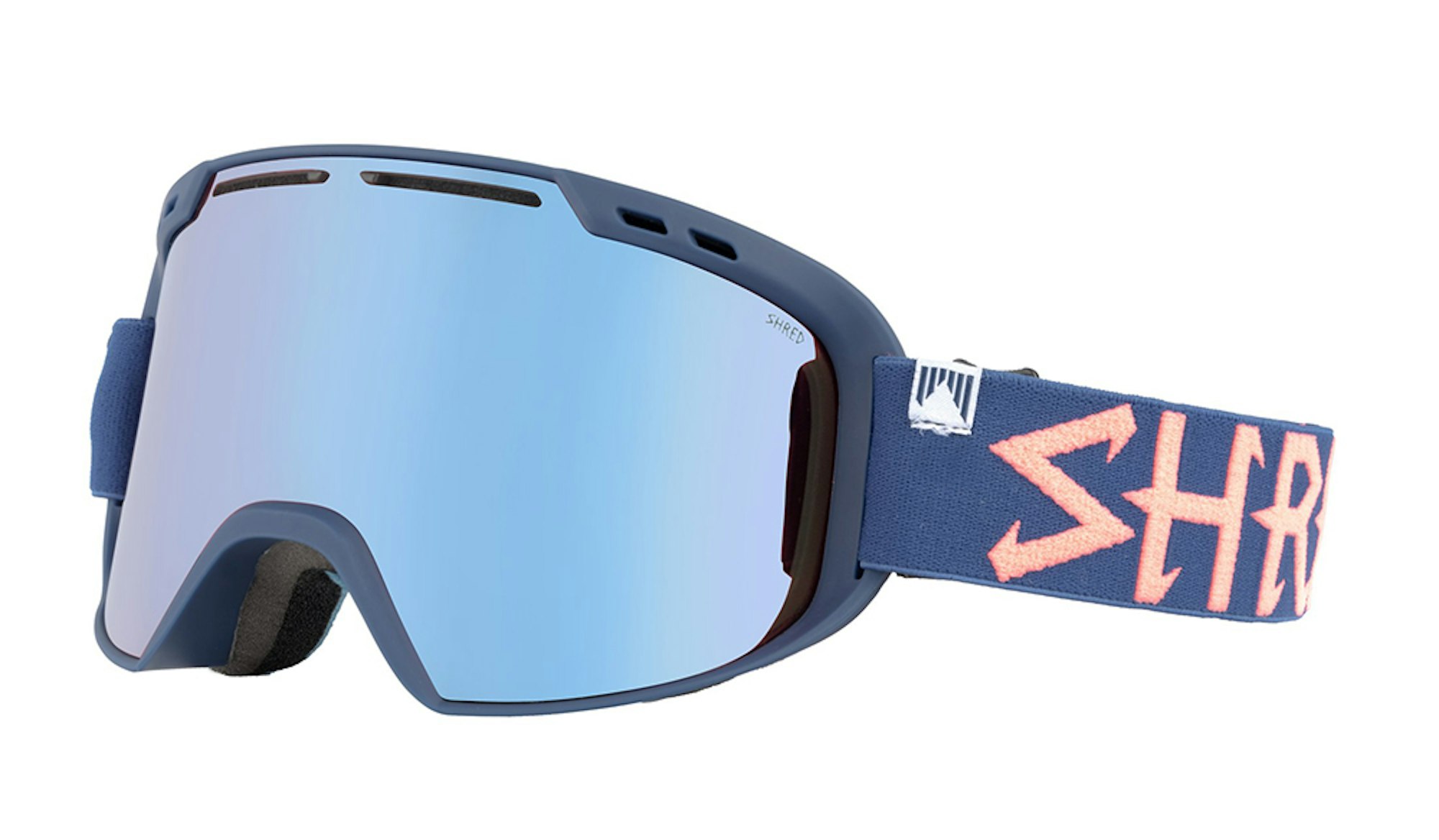
The Amazify is a cylindrical-lens offering with a gigantic field of view, and what a view it is… Shred’s Contrast Boosting Lens technology provides exceptional visibility in all terrain and conditions while its NoDistortion technology equalizes pressure between the lens and outside conditions for distortion-free visual clarity.
[su_button url=”https://shredoptics.com/products/shred-amazify-goggles” target=”blank” background=”#00A680″ color=”#FFFFFF”]Shop Now[/su_button]
Slytech Flexi Vest
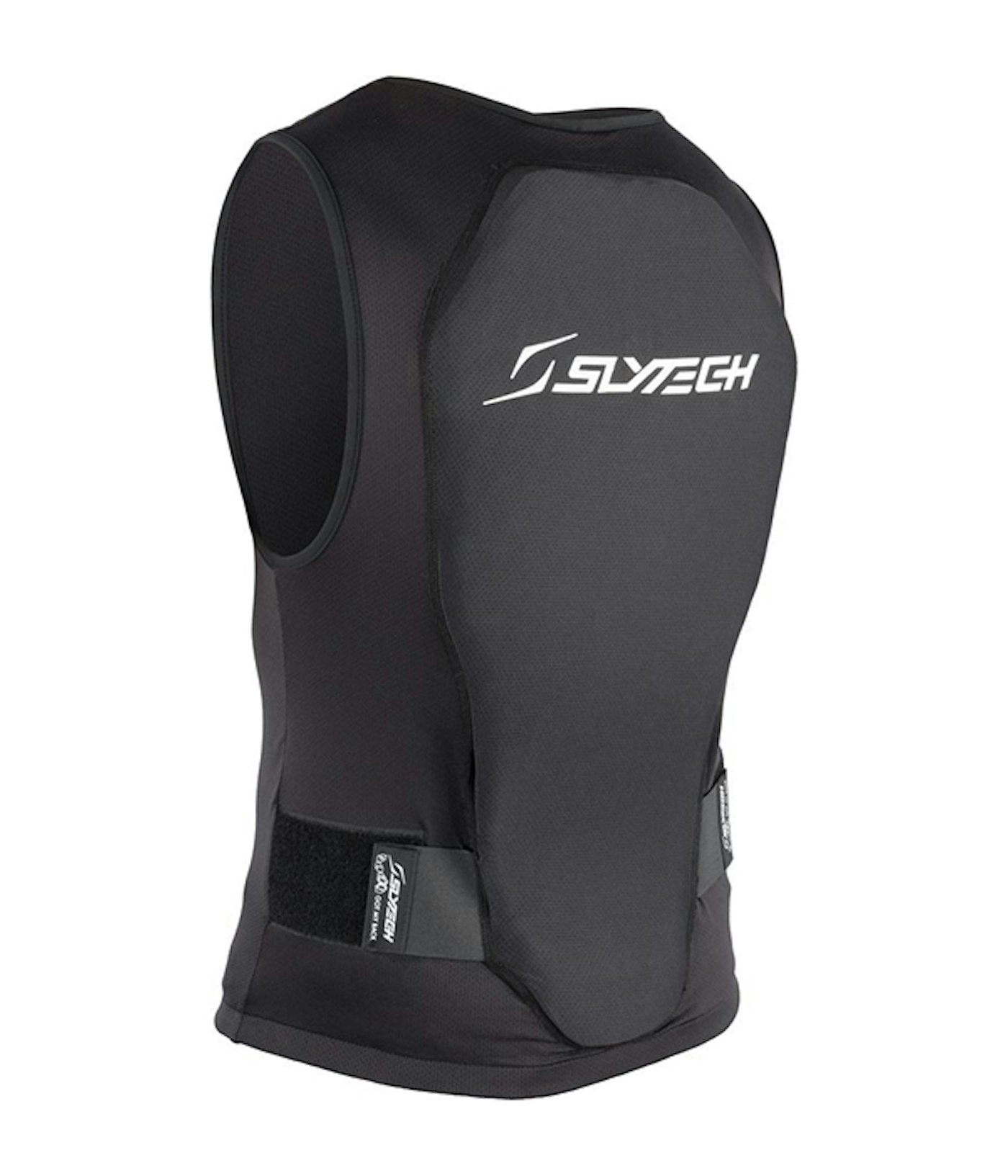
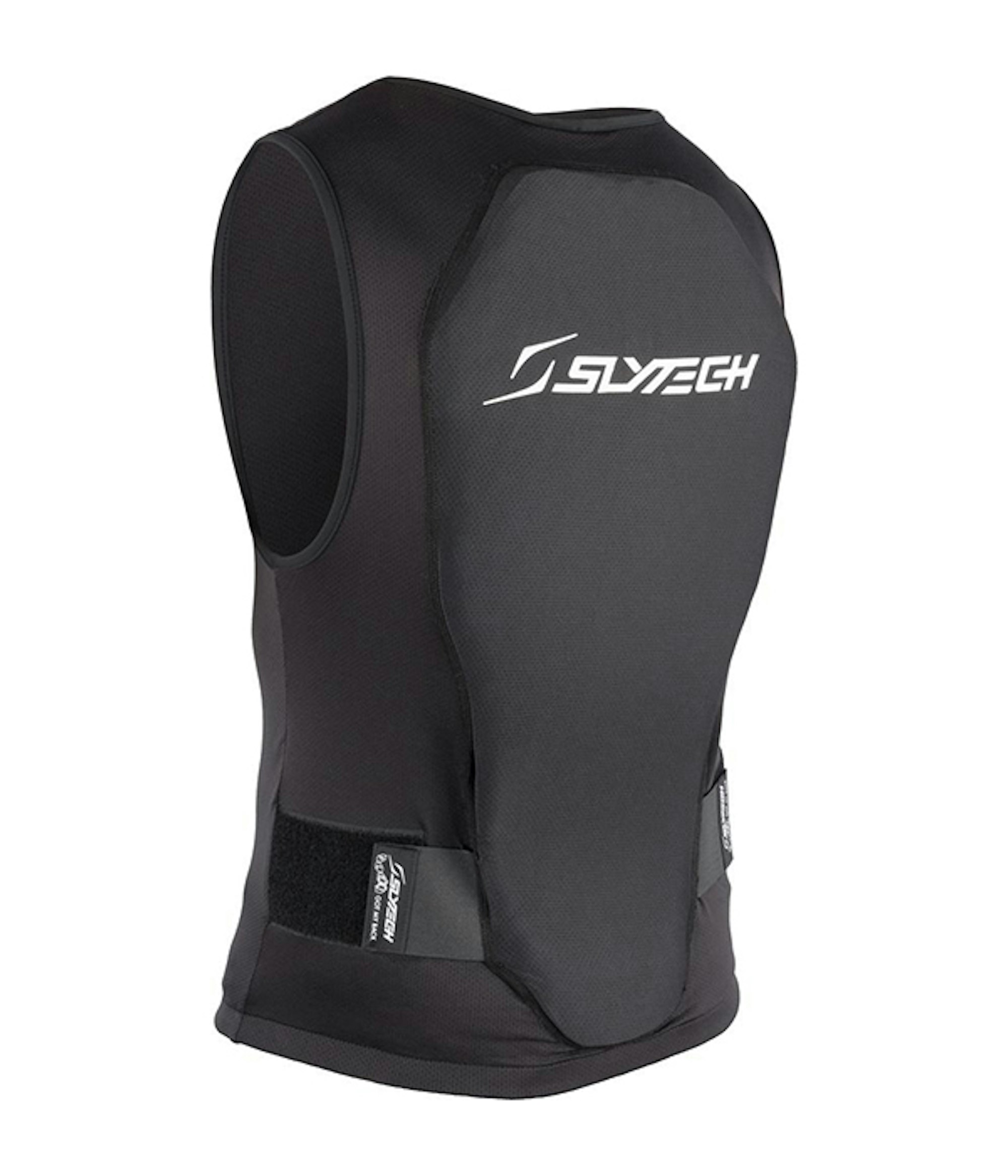
This thin, light and flexible protective vest is designed for maximum mobility. It’s built with Slytech 2nd Skin XT, a hexagon-patterned foam that molds to the user’s back and intelligently adapts to different forces and speeds of impact.
[su_button url=”https://shredoptics.com/products/slytech-back-protector-flexi-vest” target=”blank” background=”#00A680″ color=”#FFFFFF”]Shop Now[/su_button]

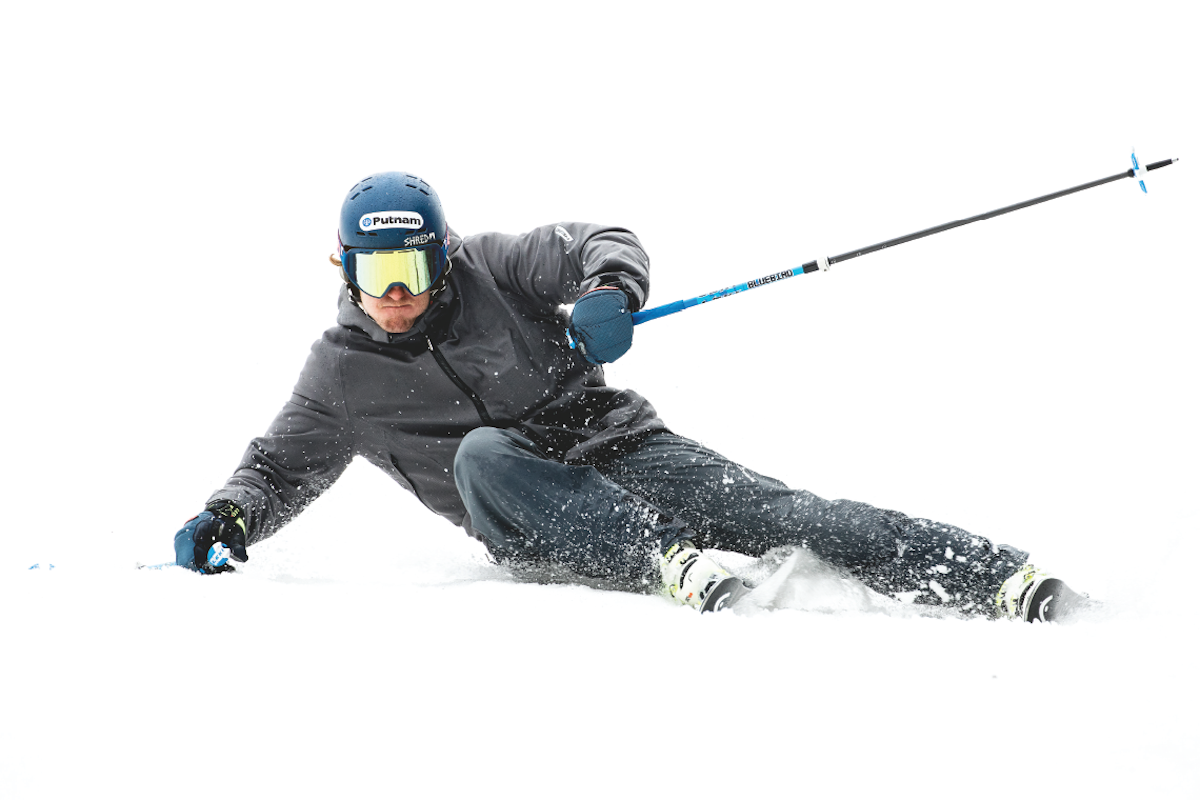

![[GIVEAWAY] Win a Head-to-Toe Ski Setup from IFSA](https://www.datocms-assets.com/163516/1765920344-ifsa.jpg?w=200&h=200&fit=crop)


![[GIVEAWAY] Win a Legendary Ski Trip with Icelantic's Road to the Rocks](https://www.datocms-assets.com/163516/1765233064-r2r26_freeskier_leaderboard1.jpg?auto=format&w=400&h=300&fit=crop&crop=faces,entropy)




![[GIVEAWAY] Win a Head-to-Toe Ski Setup from IFSA](https://www.datocms-assets.com/163516/1765920344-ifsa.jpg?auto=format&w=400&h=300&fit=crop&crop=faces,entropy)


